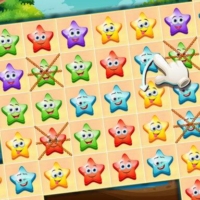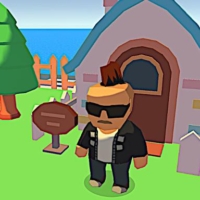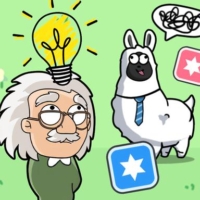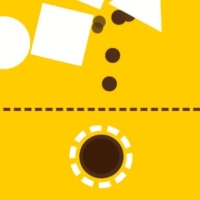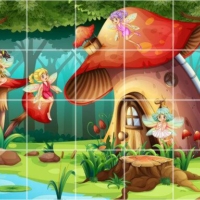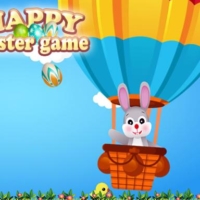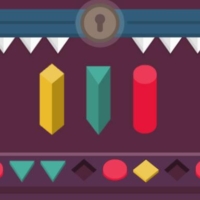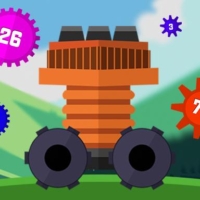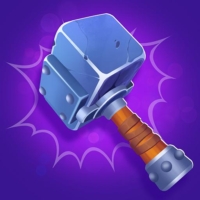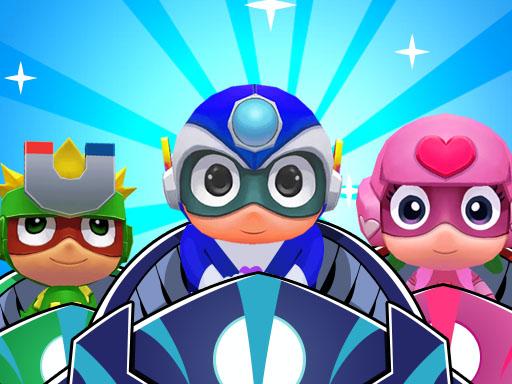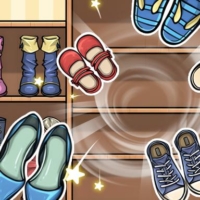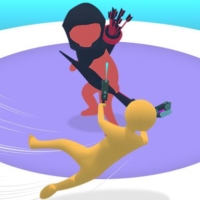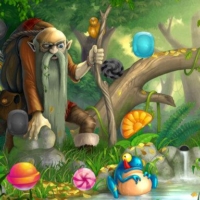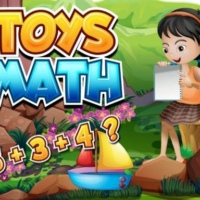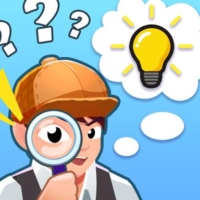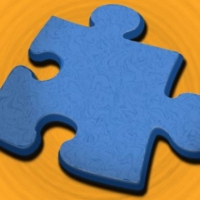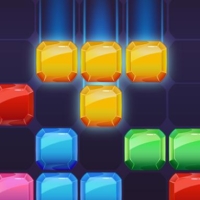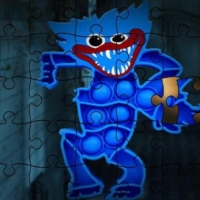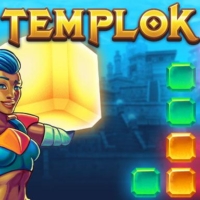New Games
Picture Puzzles
Introduction to Picture Puzzles and How to Play
Picture Puzzles are a type of puzzle game where players are tasked with piecing together fragmented images to create a complete picture. These puzzles can range from simple jigsaw-style puzzles with clear edges to more complex and abstract puzzles with intricate patterns and multiple pieces. The core objective is to analyze, match, and fit puzzle pieces based on their shape, color, and design.
In this article, we will explore what Picture Puzzles are, how to play them, and offer some tips and strategies to improve your puzzle-solving skills.
What are Picture Puzzles?
Picture Puzzles are games that require players to reconstruct a picture from scattered pieces. These puzzles typically feature a variety of images—ranging from landscapes and nature scenes to famous works of art or fantasy illustrations. The challenge lies in fitting the pieces together correctly, often without any external hints or guidelines.
Unlike traditional puzzles that may have clear guidelines, Picture Puzzles often feature images that are cut into many small pieces. These fragments are then scattered around the screen, and players need to find the right place for each piece to form a cohesive picture. The enjoyment comes from slowly piecing together the image and seeing it come to life.
How to Play Picture Puzzles
- Understanding the Objective:
- The primary goal in Picture Puzzles is to assemble a fragmented picture from multiple puzzle pieces. The image may be divided into several sections, with each section containing a few pieces.
- You will need to fit the pieces into the correct spots based on their shapes, colors, and patterns to form the complete image.
- Navigating the Puzzle Grid:
- The puzzle may be displayed in a grid, with puzzle pieces scattered either outside or inside the grid. Your job is to drag and drop each piece into its correct place on the grid.
- As you place pieces correctly, the puzzle will begin to take shape, and the remaining pieces will gradually fit into the puzzle.
- Types of Picture Puzzles:
- Traditional Jigsaw Puzzles: These puzzles consist of pieces with interlocking shapes that fit together in a specific way. The edges of the puzzle are typically straight, and the pieces are easier to connect.
- Sliding Puzzles: In this variation, players need to slide pieces into an empty space to arrange them into the correct picture. The challenge lies in the limited number of moves available and the need to think strategically.
- Abstract or Picture Fragment Puzzles: In these puzzles, the image is broken down into irregular pieces or abstract shapes. These types of puzzles require more detailed observation and spatial reasoning.
- Using the Reference Image:
- Many Picture Puzzles provide a reference image or a preview of what the final picture should look like. This reference can guide you in identifying where each piece should go.
- Some puzzles, however, may not provide a reference, which increases the difficulty by requiring players to deduce the correct positions based solely on the pieces’ colors and patterns.
- Hints and Help:
- Some Picture Puzzles games come with optional hints or help features. These hints might highlight a piece that’s difficult to find or show you a preview of the image.
- While hints can be helpful, it’s best to use them sparingly to fully enjoy the challenge and problem-solving aspect of the game.
- Progressing Through Levels:
- As you complete puzzles, you may unlock new levels with more challenging images or a greater number of pieces. Early puzzles typically have fewer pieces and simpler designs, while later levels feature more complex images with hundreds of pieces.
- The difficulty curve is meant to gradually enhance your skills and allow you to progress at your own pace.
- Achieving the Best Scores:
- Some Picture Puzzles games allow players to score based on how quickly or efficiently they complete each puzzle. Faster completions or fewer moves may earn you higher scores.
- If you’re aiming for a perfect score, try to solve the puzzle without hints and in the least number of moves possible.
Tips for Solving Picture Puzzles
- Start with the Edges:
- As with traditional jigsaw puzzles, it’s often a good idea to start by assembling the border or edge pieces. These pieces have at least one flat side, which makes them easier to identify.
- Once the edges are in place, you can work on filling in the interior of the puzzle.
- Group Similar Pieces Together:
- Sorting the pieces by color or pattern can help speed up the process. Group pieces that have similar shades or features together, as this can give you clues about where they fit.
- If the puzzle is a landscape or has distinct sections (e.g., sky, trees, water), organizing pieces by their content will help narrow down where they belong.
- Work in Small Sections:
- Instead of trying to complete the entire puzzle at once, focus on completing small sections. Work on areas that have more distinct colors or patterns first, and as you make progress, the rest of the puzzle will fall into place.
- Once you complete one section, move on to the next and slowly connect the parts until the puzzle is complete.
- Use the Preview Image:
- If the puzzle provides a preview of the completed image, refer to it often. It will help you visualize how the pieces should align, especially in more complex puzzles.
- Some puzzles may hide the preview image after you start solving, but it can be useful for keeping track of your progress.
- Stay Patient:
- Puzzle-solving requires patience, especially when the pieces don’t seem to fit. Don’t rush through the puzzle—take your time and focus on one piece at a time.
- If you get stuck, step away for a moment and return with a fresh perspective. Sometimes taking a break can help you see the solution more clearly.
- Challenge Yourself:
- As you progress through the game, try to challenge yourself by completing the puzzles faster or using fewer hints. Some games offer bonus rewards or achievements for completing puzzles with perfect timing and precision.
- You can also try to solve puzzles without using the reference image for an added challenge.
Conclusion
Picture Puzzles are a fantastic way to exercise your brain, improve your problem-solving skills, and relax while enjoying beautiful images. Whether you’re working with traditional jigsaw pieces or solving more abstract puzzles, the game provides a satisfying challenge that grows with you as you progress.
With a mix of patience, observation, and strategy, you’ll be able to piece together stunning images while enjoying the thrill of puzzle-solving. So, gather your pieces, start solving, and let the Picture Puzzles adventure begin!
Instructions
touch click
 Home
Home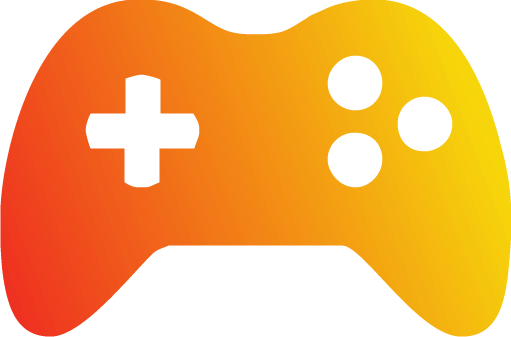 Popular Games
Popular Games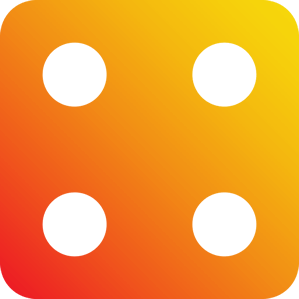 Categories
Categories
